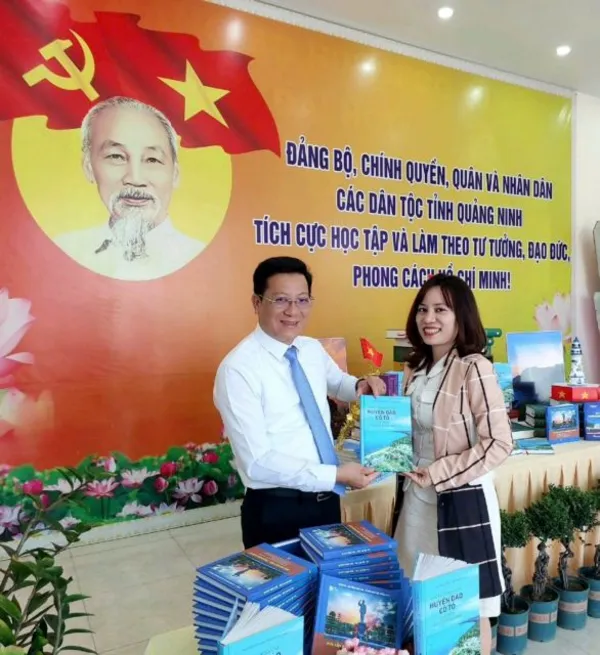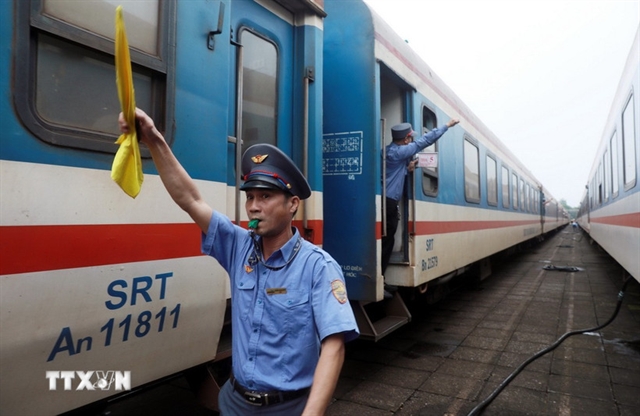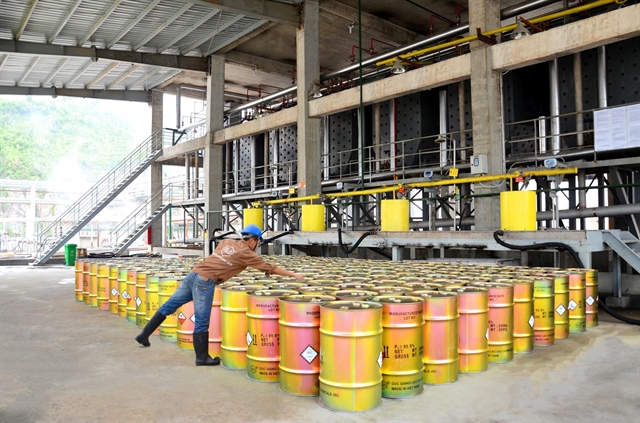 Society
Society

 |
| Railway workforce training will be accelerated in the next five years. — VNA/VNS Photo |
HÀ NỘI — Việt Nam has unveiled an ambitious plan to train 35,000 highly qualified workers for the railway sector over the next five years as part of efforts to modernise its transport infrastructure and build a competitive, sustainable industry.
Deputy Prime Minister Lê Thành Long has recently signed Decision 2230/QĐ-TTg approving the project to train and develop human resources for the railway sector by 2035, with a vision to 2045.
The project aims to develop a well-trained, technologically capable workforce with the professional qualifications and vocational skills needed to implement high-speed, electrified national and urban railway projects.
The workforce will gradually master advanced technologies to enhance national competitiveness and contribute to building a modern, autonomous and sustainable railway industry.
Between 2025 and 2030, at least 35,000 skilled workers will be trained to serve high-speed and urban railway projects, as well as provide teaching staff for educational institutions.
Among them, about 1,000 will hold postgraduate degrees, including around 80 PhDs and 920 master’s degrees; about 14,000 will be university graduates; 11,000 will be trained at college level; and 9,000 at intermediate level.
The project will also train 4,700 railway construction engineers, 1,600 construction engineers, and around 20,000 technicians and operators specialising in information and signalling, power and energy systems, locomotives and wagons, transport operations and maintenance.
From 2031 to 2035, a further 70,000 workers will be trained, including postgraduates, engineers and technicians.
By 2045, Việt Nam aims to continue expanding and upgrading its human resources to meet the operational and maintenance needs of new railway projects, while establishing regional training centres and advancing technology transfer in the industry.
To achieve these goals, the project outlines key measures such as improving policies and institutions for workforce development, enhancing the capacity of training and research facilities, and strengthening international co-operation. It also promotes public-private partnerships and investment diversification to support the training and development of railway human resources.
In a related move, the Government has recently issued a plan to carry out the National Assembly’s Resolution 188/2025/QH15 on piloting several special mechanisms and policies to develop the urban railway networks in Hà Nội and HCM City.
The plan aims to institutionalise the viewpoints, goals, and solutions outlined in the parliament’s resolution. It identifies specific responsibilities for ministries, agencies, and localities in preparing investments, developing industrial capacity, and training human resources for the railway sector. All activities must adhere strictly to legal requirements while ensuring quality, cost efficiency, transparency, and prevention of corruption, wastefulness, losses, and negative phenomena.
Additionally, the plan calls for the issuance of guiding decrees to facilitate the mobilisation of resources as well as implementation of the projects, ensuring compliance with international treaties to which Việt Nam is a member.
Ministries, ministry-level agencies, and local authorities were requested to build and issue the Government’s decree detailing requirements for surveys, preparation of Front-End Engineering Design (FEED) to replace conventional preliminary design in project feasibility studies, subsequent design phases following FEED, and investment cost management for projects with FEED methodology.
Legal frameworks for the development of the network must be completed, including those on scientific and technological advancement, human resources training for urban railway projects, specific categories of railway-related services and industrial products to be assigned or commissioned to Vietnamese enterprises, detailed mechanisms for transit-oriented development (TOD), regulations on revenue collection to fund urban rail and public transport infrastructure.
Hà Nội and HCM City must work closely with ministries and sectors to review and adjust planning around railway stations and depots, implement compensation and resettlement projects, and auction land to finance urban development linked to the railway systems in accordance with current regulations.
Quarterly and annual reports must be submitted to the Ministry of Construction, ensuring the harmonious and effective implementation of the projects. If it is necessary to amend special mechanisms and policies, relevant sides should propose changes to the ministry for report to the Government for consideration, or for the Government to report to the National Assembly and its Standing Committee for consideration and decision. — VNS




